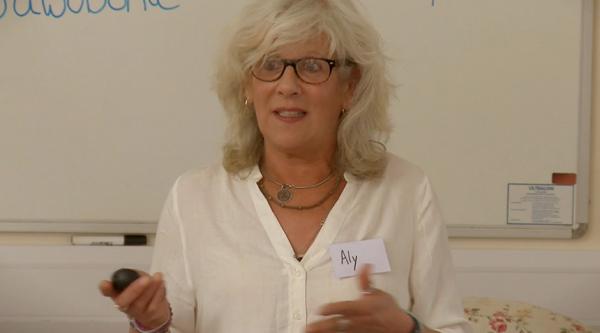
Aging in place means that you can age comfortably and safely in your own home. The Centers for Disease Control and Prevention (CDC) defines it as living independently and comfortably in one's home. There are several advantages to aging in place, but there are also some drawbacks. These are five important things to remember. Here are five important things to remember when you're aging in place. Continue reading to learn even more.
How to define aging in place
This project aims at defining the concept of "aging inplace". As we age, our quality and mobility often declines. This could be due to a variety of factors, such as the quality and independence of our environment. We'll be discussing some of these factors in this article. You can use these definitions to help you create a plan for your aging in place future.
"Aging in Place" refers to the act of living in a familiar home or house. Recent research suggests that a 'home is a place where people are familiar, emotionally attached, and that allows them to lead an independent lifestyle. Whether an individual lives alone or with a caregiver, they should have the flexibility to move within their living environment. A person's quality of life is most important, so they should be supported in living alone.

Ageing in place: challenges
An increasing number of older Americans are choosing to age in their own homes is a trend. However, this is not without its problems. Aging in place can lead to loss of independence and a decline in mental and emotional well-being. A Harvard University study found that many Americans are worried about their retirement and unsure how to equip their homes. Even children of seniors often wonder how to grant their parents the ability to age in peace.
Aging in Place is a worthwhile goal but it requires planning at the individual and societal levels. Therefore, local governments must be able to recognize the unique needs and challenges of older residents. Aside from the difficulties of aging in place, it is often difficult as it requires extensive home modifications to meet the needs. Here are some of the problems that older adults face. These challenges will be addressed in this article.
Costs associated with aging in place
Seniors who want to age in place can do so in an independent manner. It's not always cheap and it isn't always easy. It is important to budget for extra costs, such as meals delivered and housekeeping. You may need to pay more for utility bills and property taxes if you live in a single-family home. Some seniors rely on their home for their income so you might want to consider a reverse mortgage.
But there are many other costs to be aware of. Although home modifications are costly, they can make aging at home more pleasant and safer. These universal design changes include wider hallways and non-slip floor. You can expect to spend anywhere from $5,000 to $18,000 depending on how extensive the modifications are needed. A systematic scoping survey of the costs associated to aging in-place found that families and individuals largely covered the costs of making a house accessible for seniors.

A key component of aging at home is the interaction with others
Understanding the history and evolution of neighborhoods is vital to the study of aging at home. Barbara and Diane did not view change as a threat to their place attachment, as they maintained strong social networks. Jean and Colin, on the other hand, felt more out of place with less social ties and poorer health. Whether place can help build a sense of identity or alienate, the findings indicate the importance of identifying and building on community contacts.
Another key component of aging in place is the availability of affordable housing. Housing of substandard quality can be more costly and have an adverse effect on one's health and wellbeing. Access to services may be hindered if there is no transportation. In order to get the necessary care, it is important to be able to drive and own a vehicle. Access to affordable home modifications is another aspect of aging at home. Any aging-in place initiative will be more successful if it has the support of the community.